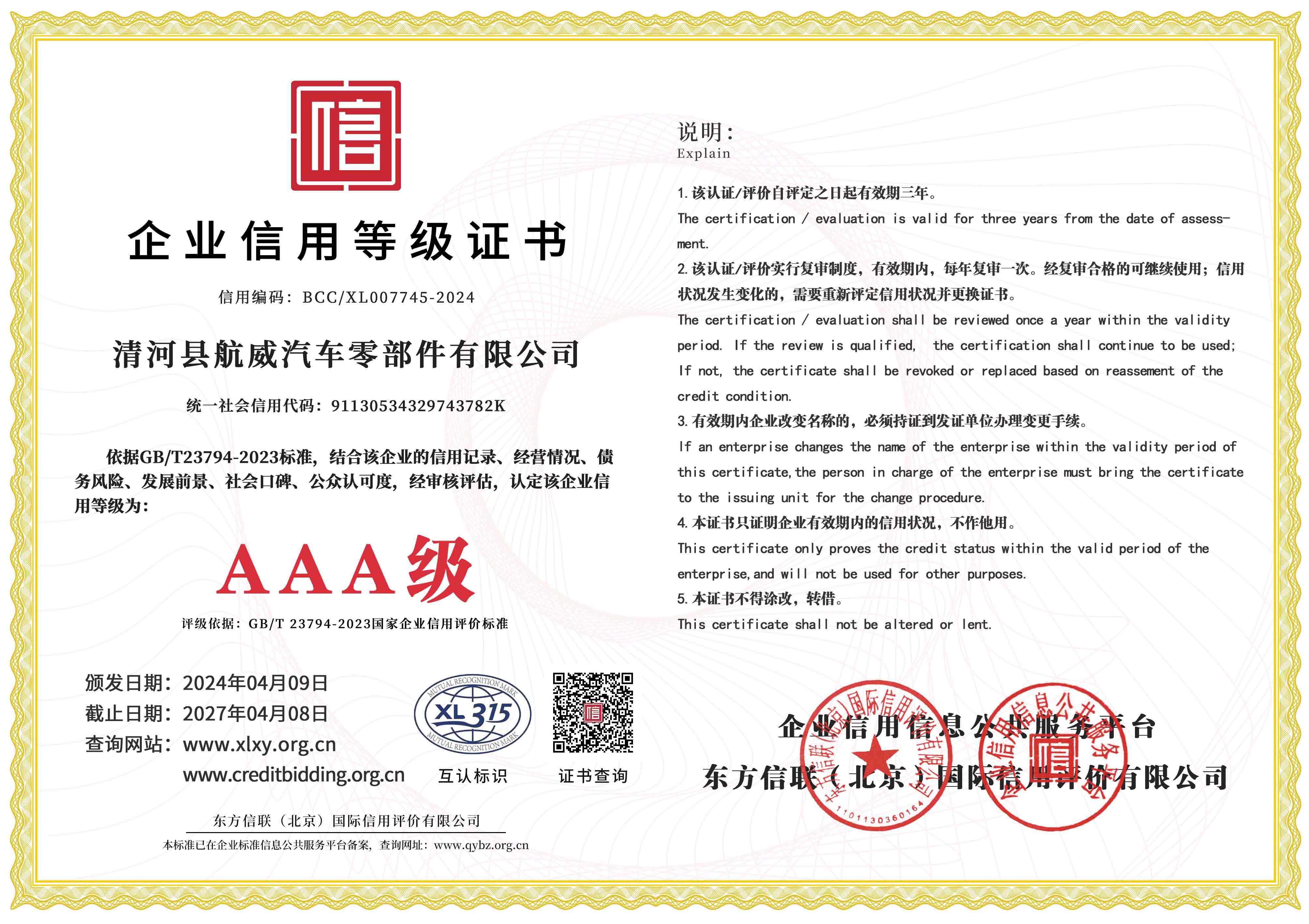Current Trends and Factors Influencing Gear Wire Prices in the Market Today
Understanding Gear Wire Prices Factors and Trends
Gear wire, a critical component in various mechanical applications, plays a significant role in the functionality and efficiency of machinery and equipment. From automotive to industrial sectors, the demand for high-quality gear wires has been consistently rising, leading to fluctuations in prices. This article explores the factors influencing gear wire prices, current market trends, and the future outlook.
What is Gear Wire?
Gear wire is typically used in the manufacturing of gears due to its high tensile strength, durability, and resistance to wear and tear. It is made from various materials, including stainless steel, carbon steel, and other alloys. Depending on the application, gear wire may be produced in different diameters, coatings, and finishes to meet specific engineering requirements.
Factors Influencing Gear Wire Prices
1. Material Costs The primary factor influencing gear wire prices is the cost of raw materials. For instance, fluctuations in the prices of steel can have a direct impact on gear wire pricing. If the demand for steel rises globally or if there are disruptions in supply chains, manufacturers often pass these costs onto consumers.
2. Manufacturing Processes The complexity of the manufacturing process also affects the price. Gear wires can be produced through various methods, including cold drawing, heat treatment, and coating processes. Advanced manufacturing techniques that enhance the quality of the wire typically incur higher production costs, which are reflected in the final market price.
3. Market Demand The demand for gear wires in various industries, such as automotive, aerospace, and machinery manufacturing, can lead to price fluctuations. A surge in demand due to technological advancements or industry growth can drive prices up, while a downturn can lead to reductions.
gear wire price

4. Geopolitical Factors Global politics and economic conditions can significantly influence the prices of raw materials. Trade tariffs, border disputes, or sanctions imposed between countries can lead to increased costs for imported materials essential for gear wire production.
5. Technology and Innovation Advancements in technology can both increase manufacturing efficiency and introduce new materials with different cost structures. Companies investing in innovation may face higher upfront costs but could potentially stabilize or reduce prices over time through increased production efficiency.
Current Market Trends
As of late 2023, the gear wire market has been experiencing a gradual increase in prices, primarily driven by rising demand in the electric vehicle (EV) sector. The automotive industry’s shift towards electrification has increased the need for lightweight, durable mechanical components, including gear wires.
Additionally, supply chain disruptions caused by global events have contributed to increased costs. Manufacturers are increasingly adopting just-in-time supply strategies, which, while effective during stable times, can lead to price spikes when unexpected delays occur.
The Future Outlook
Looking ahead, the gear wire market is expected to witness continued growth. With industries focusing on automation and technological advancements, the demand for efficient gearing solutions will likely remain strong. However, potential challenges such as regulatory changes, environmental considerations, and ongoing geopolitical tensions could introduce volatility to the market.
In conclusion, the pricing of gear wire is influenced by a complex interplay of raw material costs, manufacturing processes, market demand, and geopolitical factors. As industries evolve and adapt to new technologies, staying informed about these dynamics will be crucial for businesses and consumers alike. Understanding these trends not only aids in better purchasing decisions but also prepares stakeholders for potential market shifts in the ever-changing landscape of manufacturing.
-
Upgrade Your Control with Premium Throttle CablesNewsAug.08,2025
-
Stay in Control with Premium Hand Brake CablesNewsAug.08,2025
-
Experience Unmatched Performance with Our Clutch HosesNewsAug.08,2025
-
Ensure Safety and Reliability with Premium Handbrake CablesNewsAug.08,2025
-
Enhance Your Vehicle with High-Performance Clutch LinesNewsAug.08,2025
-
Elevate Your Ride with Premium Gear CablesNewsAug.08,2025
